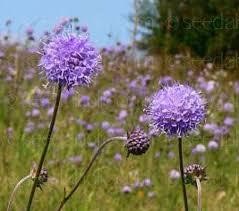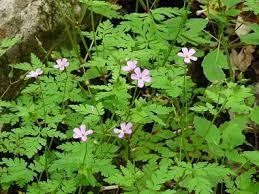
Flowers and plants are a joy to see and have around, and whether it is a celebration or a commemoration, people often choose to mark the occasion and let someone know they are thinking of them by getting a professional like this Gloucestershire florist flowershedtewkesbury.co.uk/wedding-flowers-tewkesbury-gloucestershire/ to say it with flowers!
As summer draws to a close, many of the earlier blooms have disappeared for another year, but when you go out for a walk, there are still many beautiful flowers to see around the countryside.
Here are some of the flowers to keep a lookout for in late summer…
Herb Robert – The pretty pink flowers of Herb Robert are a joy to see as summer starts to make way for autumn. It likes shady spots, so keep an eye out for it in the woodlands, or in the shady areas beneath hedgerows. Herb Robert is not only edible but has been used for centuries as a medicine helping to treat an upset stomach, as well as being rubbed on the skin to soothe bites and stings.

Devil’s Bit Scabious – Anywhere that is damp is a good place to find these pretty plants, and they are a pretty lilac, blue in colour. Both bees and butterflies alike value the flowers which can bloom as late as October. It is also the plant that provides food for the Marsh Fritillary butterfly which is in decline in the UK. It was often used to help heal skin conditions, including the sores from the bubonic plague!

Common Knapweed – The bright pinky purple heads of common knapweed resemble a thistle and can be found in many places from woodlands to grass verges. These flowers are particularly beloved by butterflies, and you will often see many species flying around or nearby the flower, especially at this time of the year when there are less flowers available.
Common Ragwort – The bright yellow flowers of the common ragwort shine in the late summer sunshine – however, as much as they are loved by butterflies, they are not so much by farmers, as they are poisonous to livestock. It is found often in farmland, or on waste ground, and easy to spot as it can grow quite tall.
